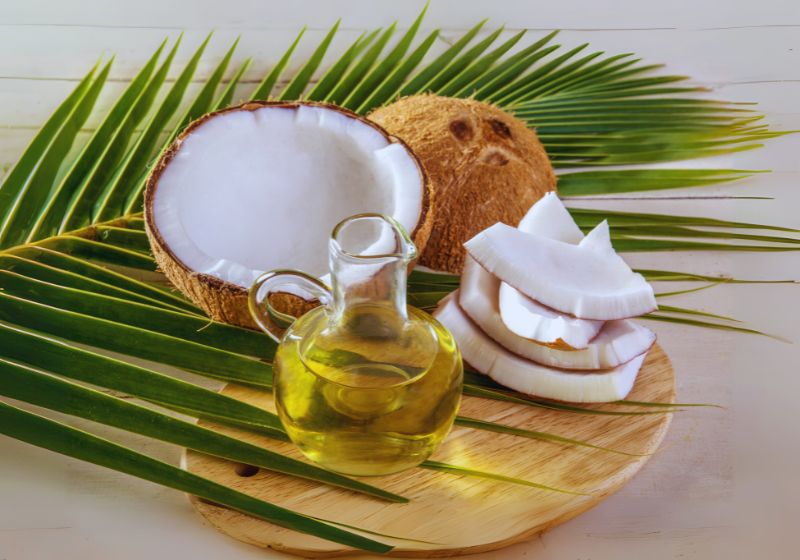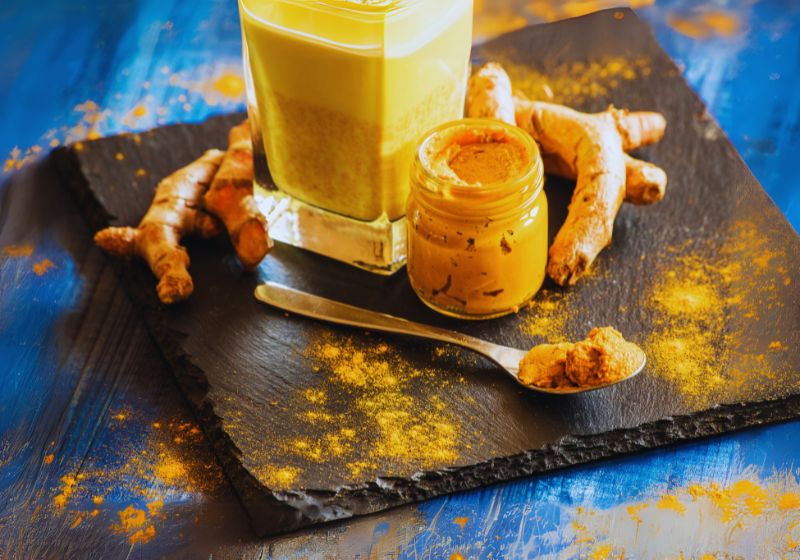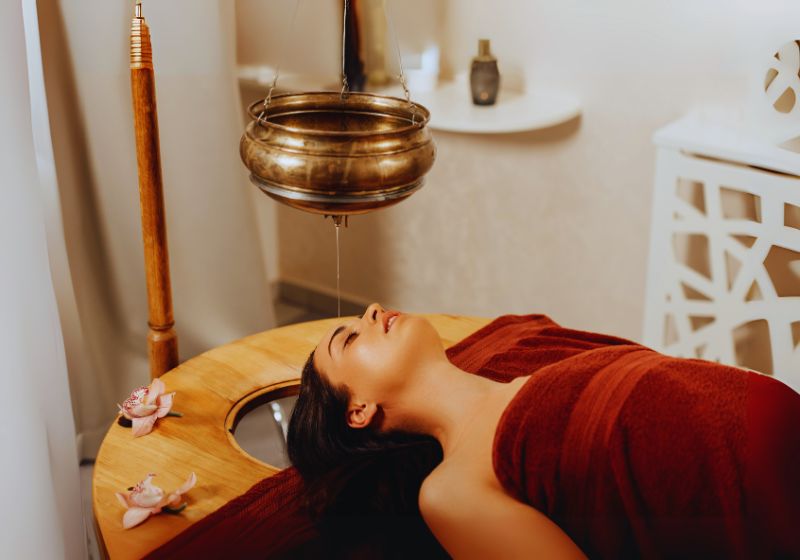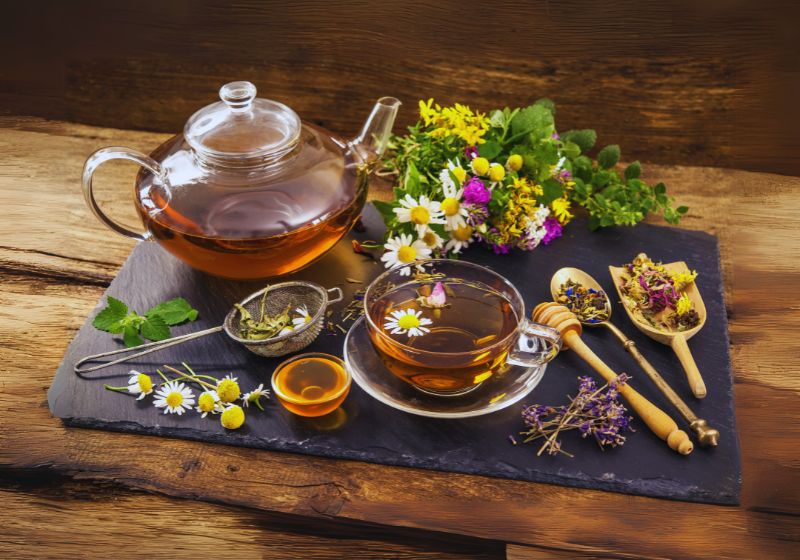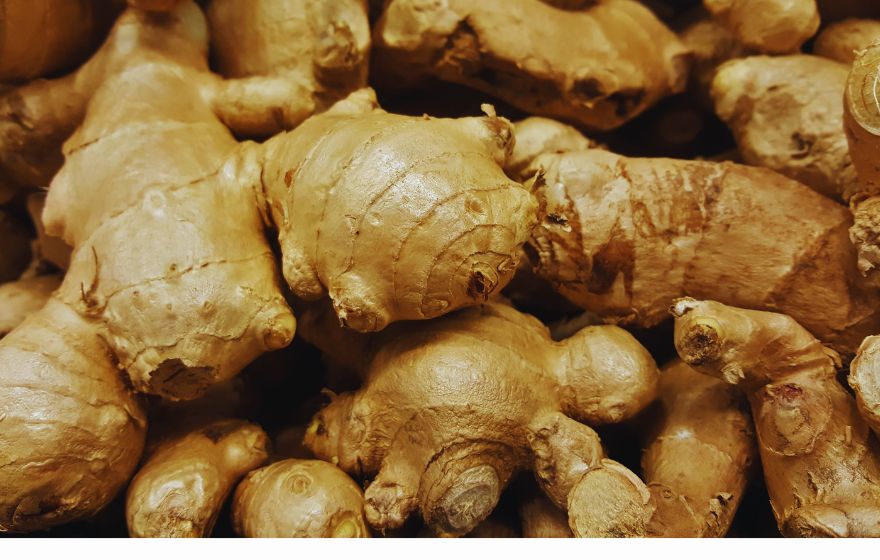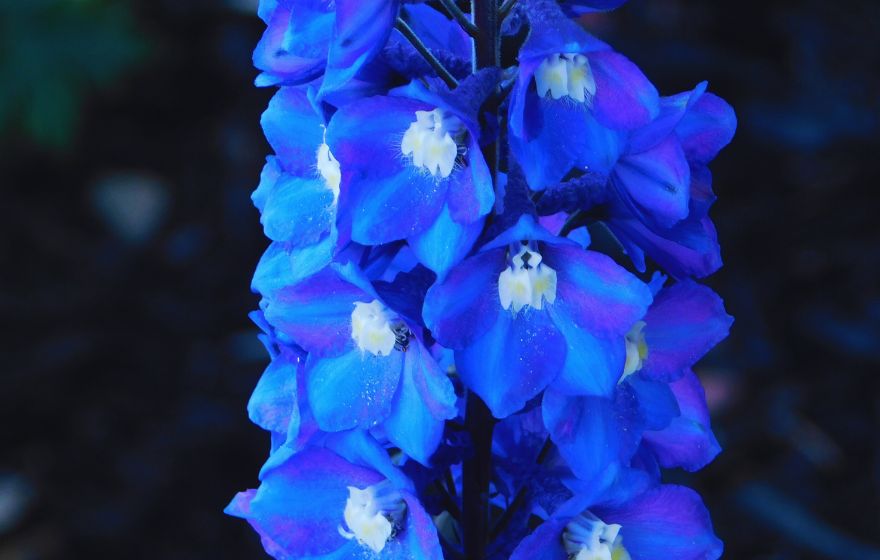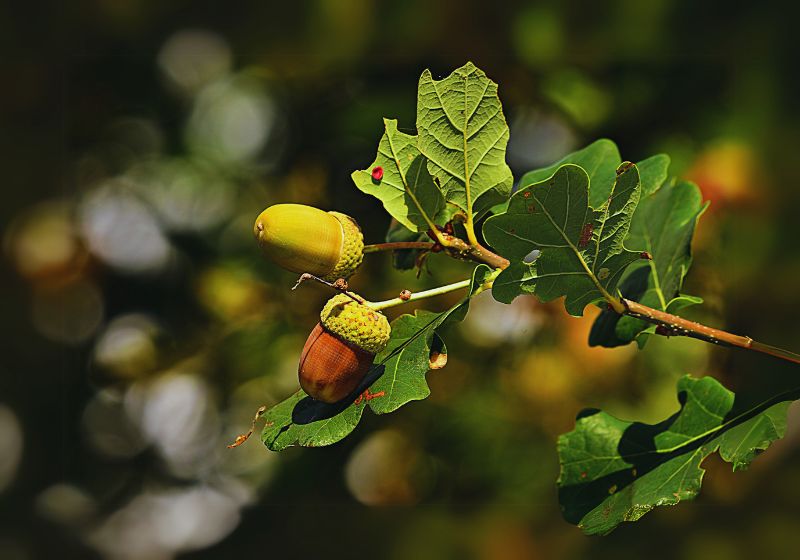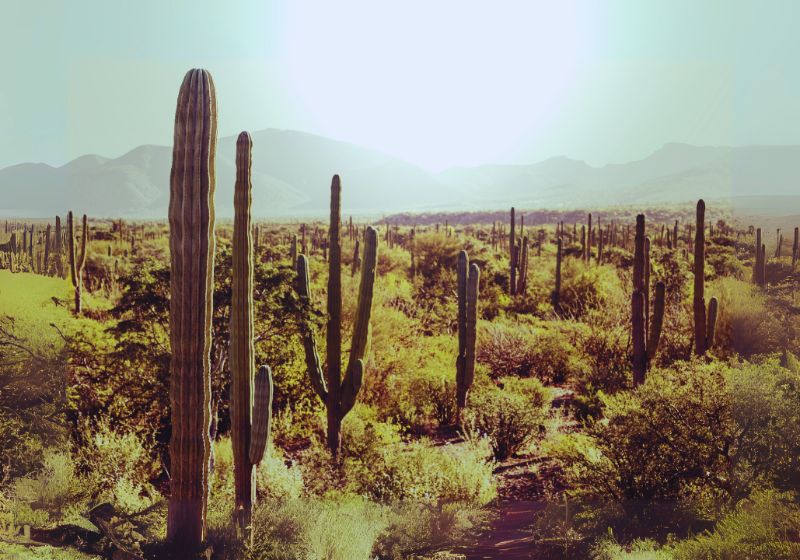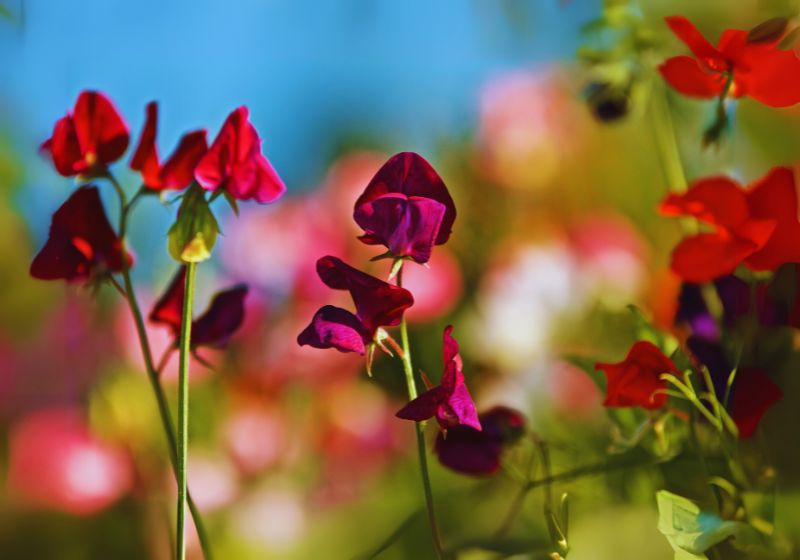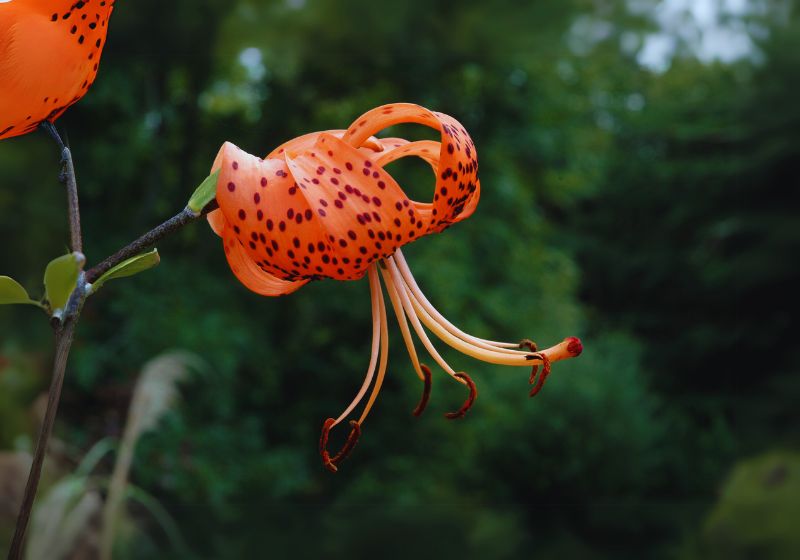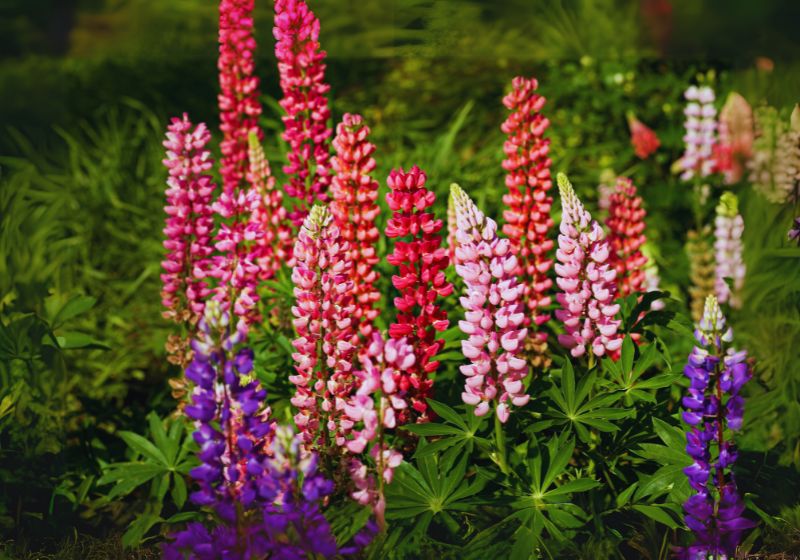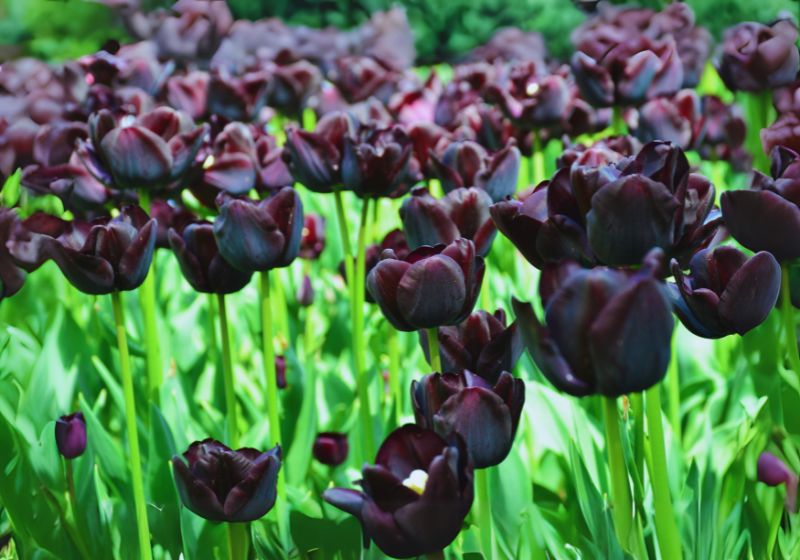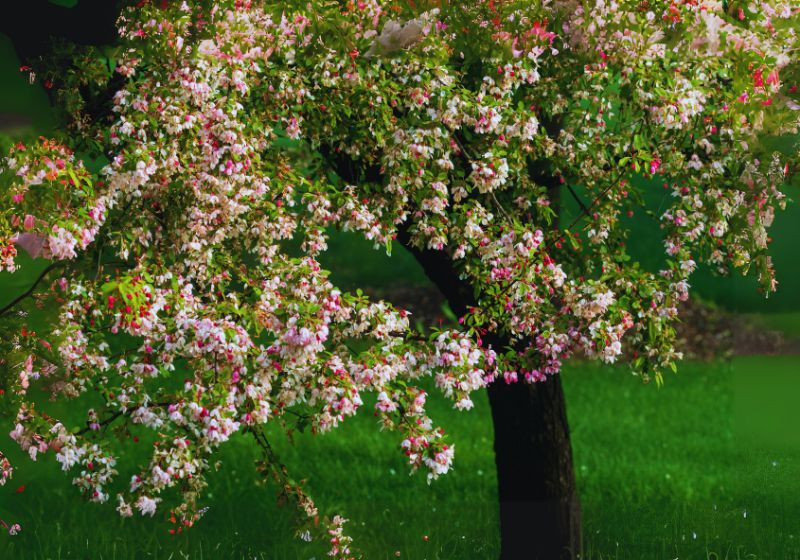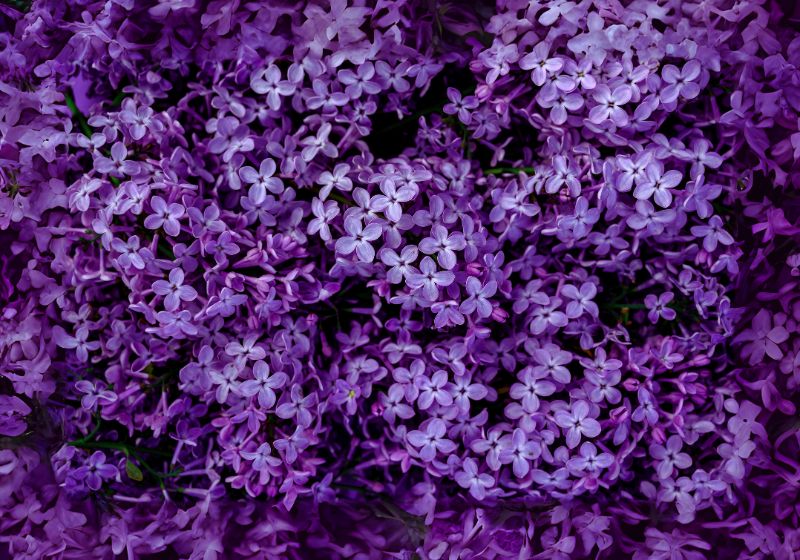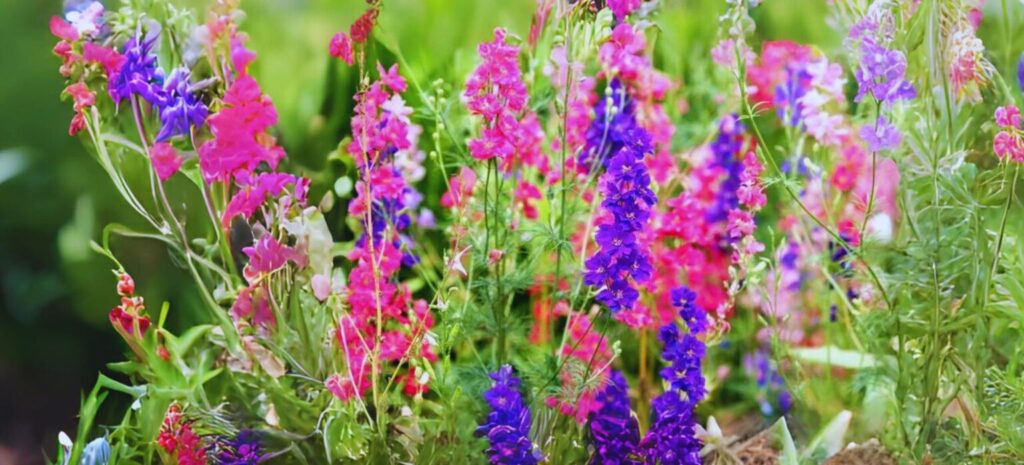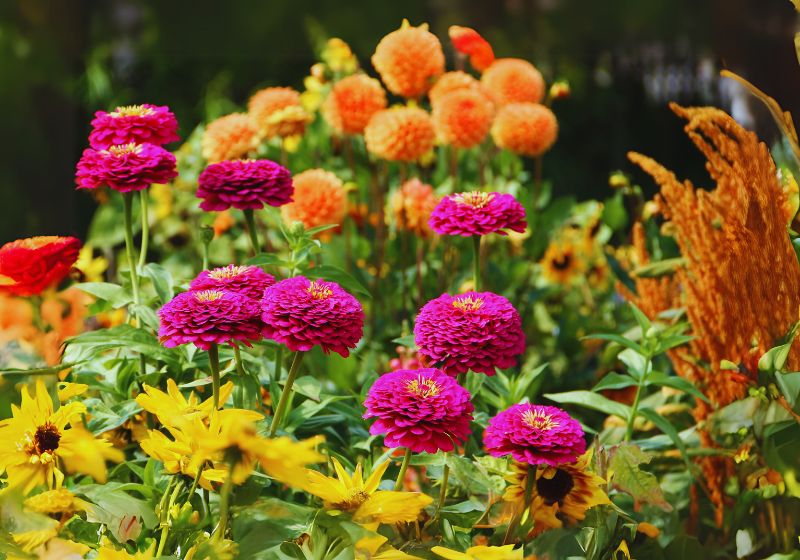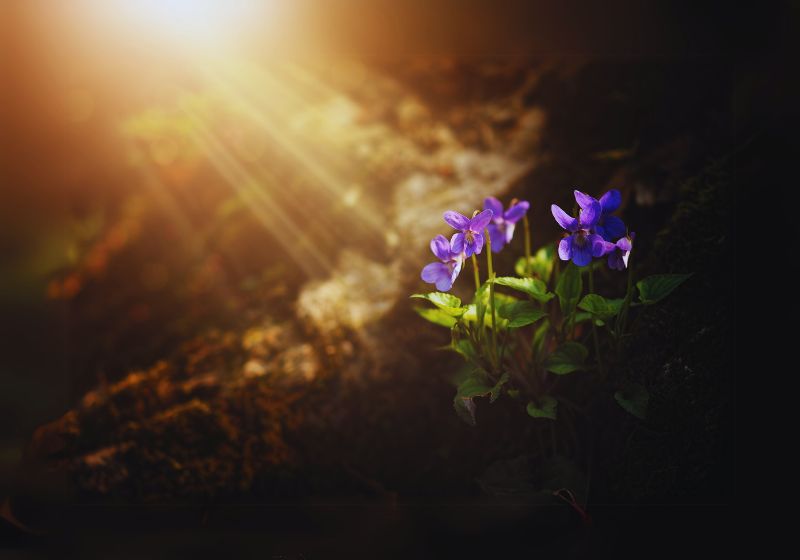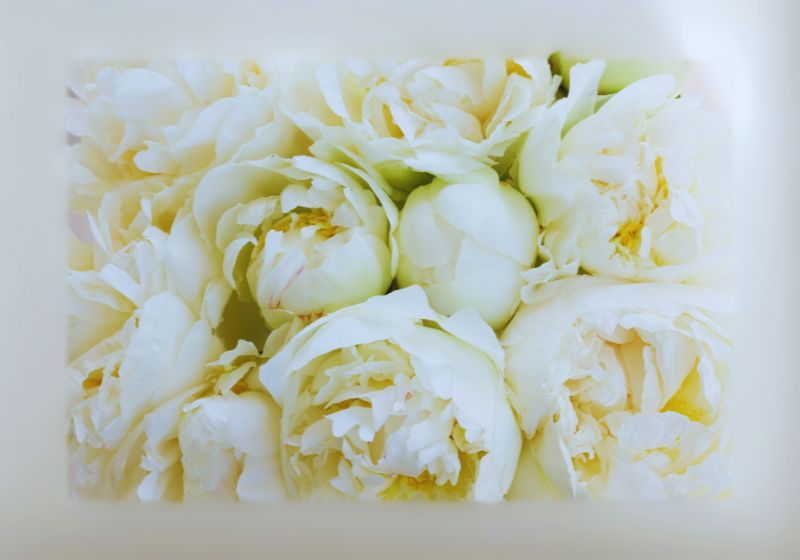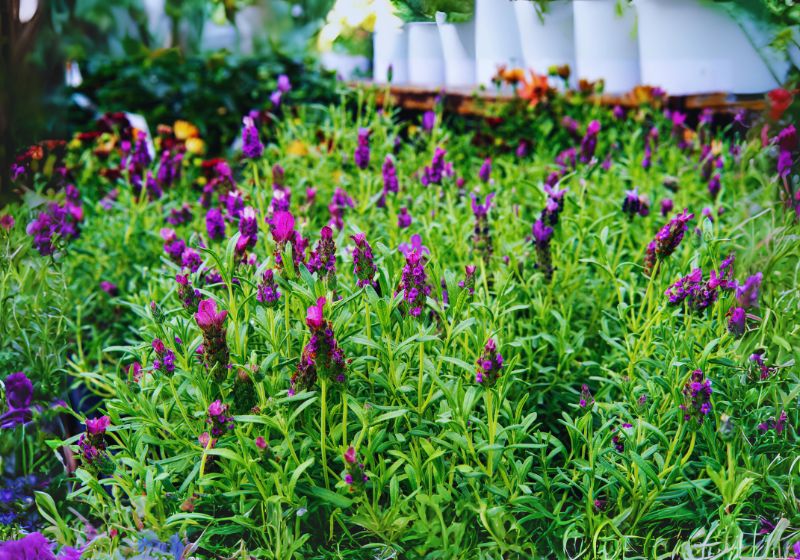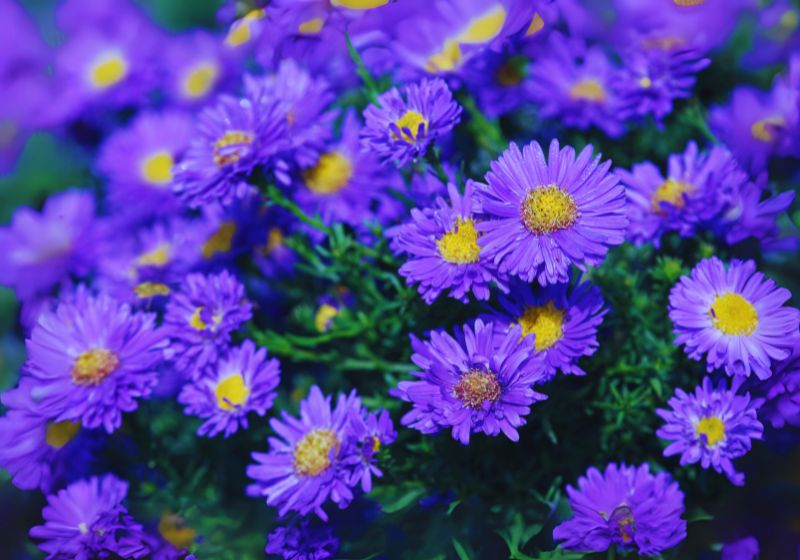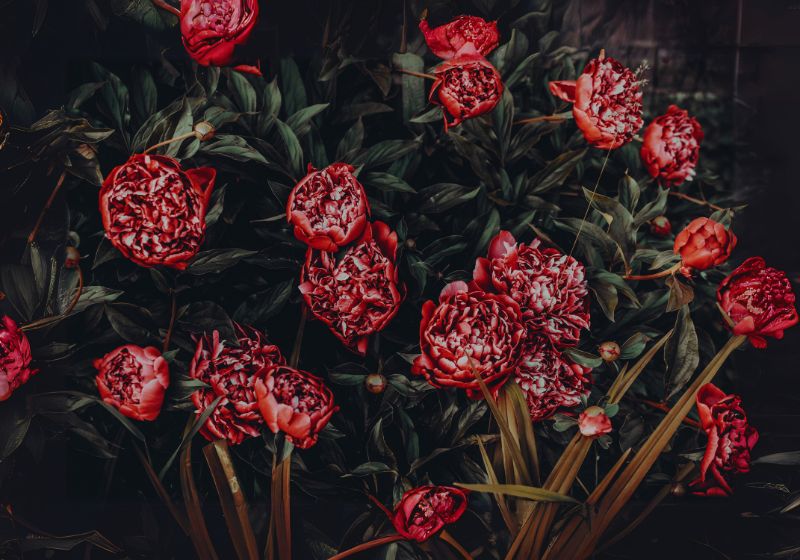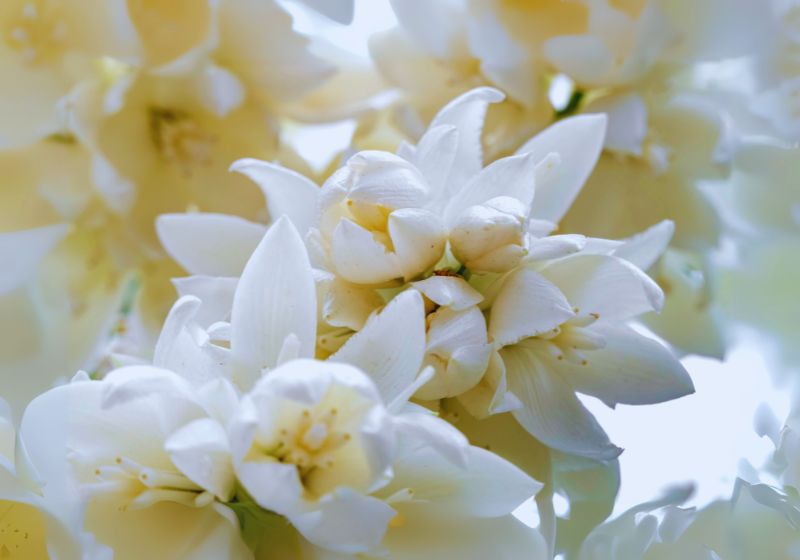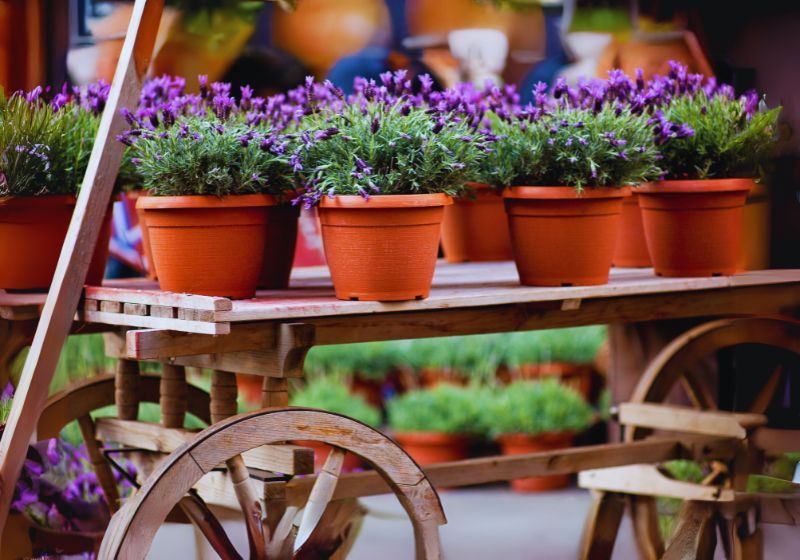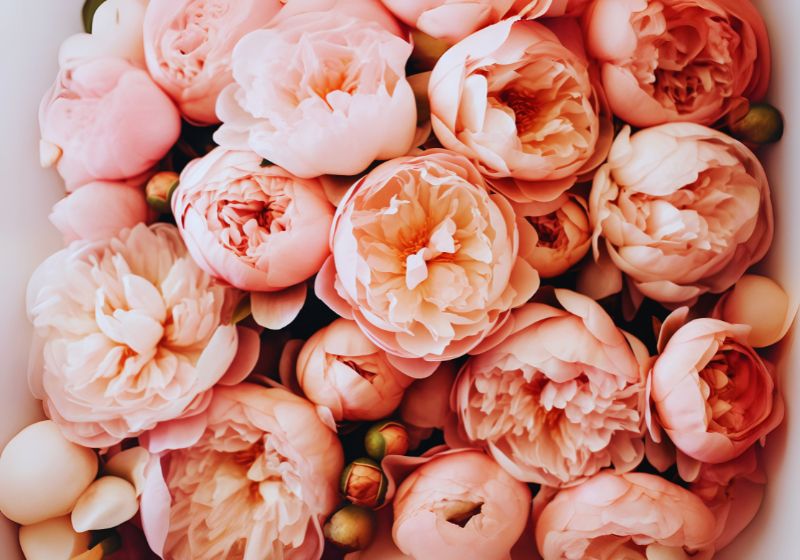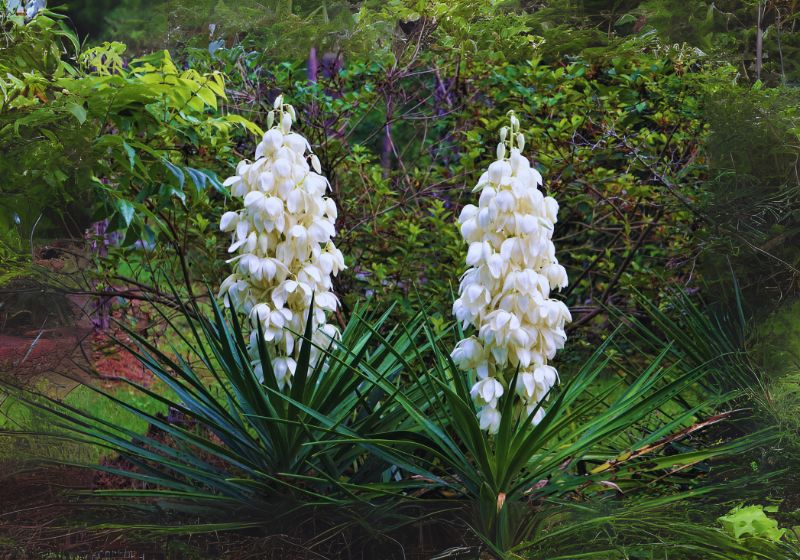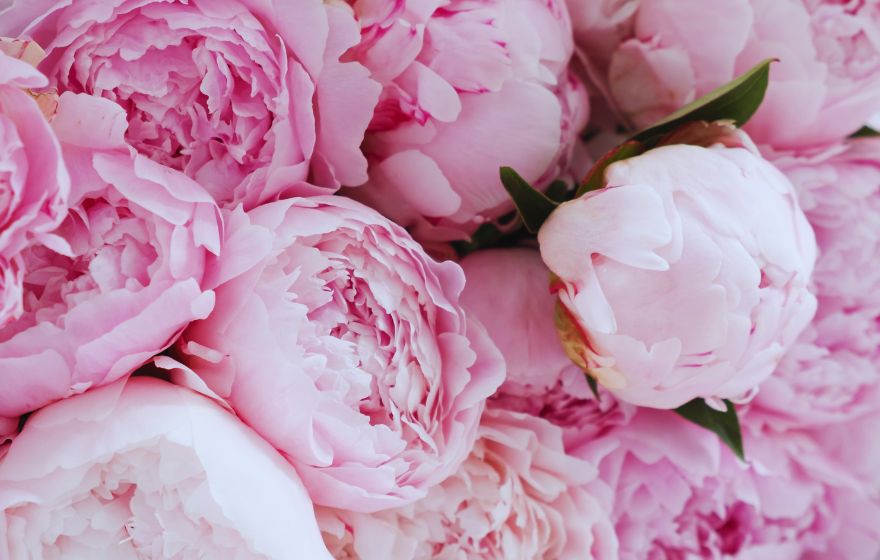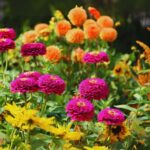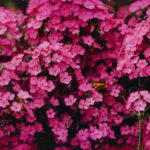Comprehensive Guide to Growing Larkspur for Gardeners
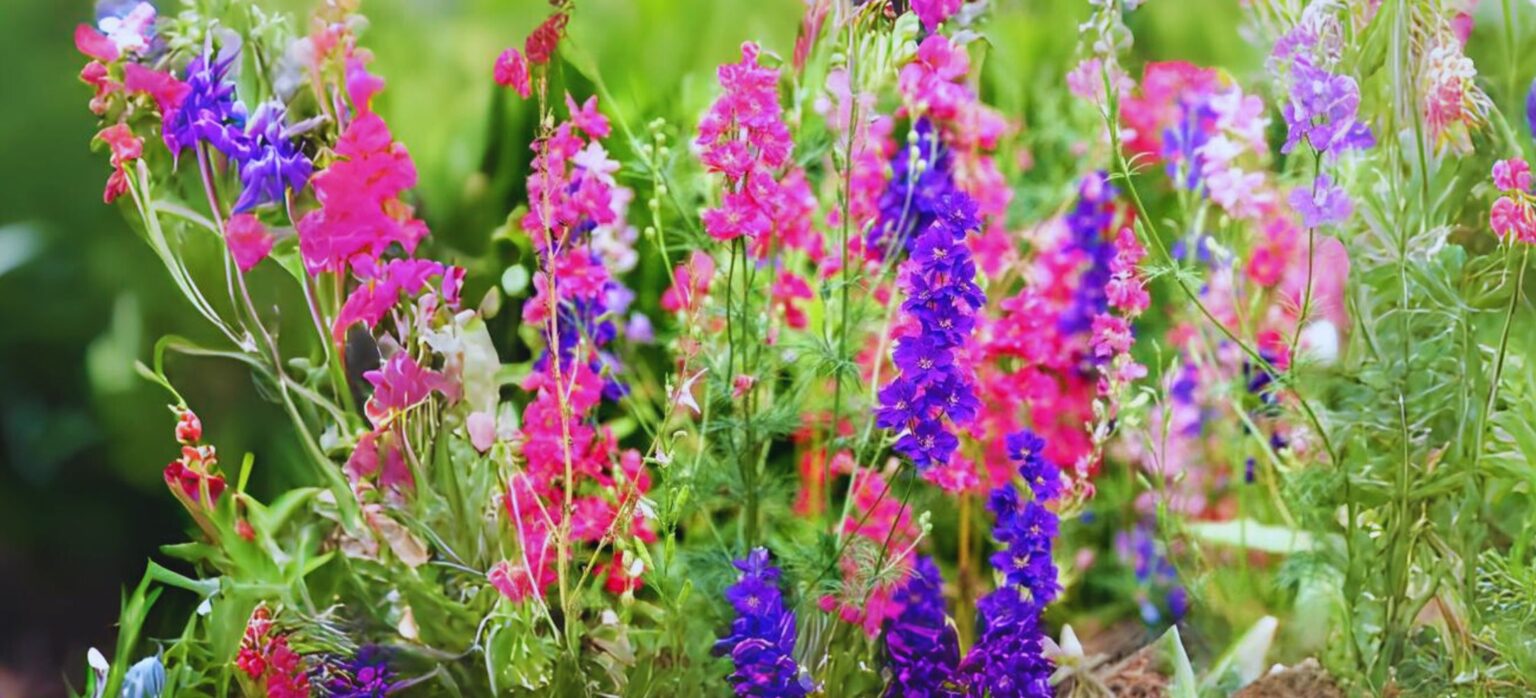
People worldwide value larkspur floral arrangements because of their strong colors combined with their tiny spurred petals. Members of the genus Consolida and Delphinium within the annual and perennial flowering category can add graceful height while creating beauty in beds, borders and cutting gardens. No matter your gardening experience level this comprehensive resource will show you how to develop and support larkspur flowers.
Understanding Larkspur: Varieties and Characteristics
Types of Larkspur
Annual Larkspur (Consolida ajacis): Larkspurs maintain a brief lifespan until they produce abundant flowers during their annual growth period. Twilight-inducing colors extend from pink to purple while reaching blue and finishing with white across their extensive palette.
Perennial Larkspur (Delphinium spp.): Moments whenGroship regular background, perennial larkspurs withstand winters then emerge during successive seasons when maintained correctly. Because of their height these plants become perfect for adding vertical drama to plant arrangements in gardens.
Key Features
Height: Depending on their genus larkspur plants range in height from 1 to 6 feet high on average.
Flowers: Each bloom features an elongated structure at the base which serves to identify the flower by its scientific name.
Colors: Cottage garden enthusiasts and mixed border gardeners alike love larkspur flowers because of their beautiful pastel and jewel-toned pallet.
Toxicity: Caution should be exercised regarding plant placement because Larkspur contains toxic substances which become dangerous when consumed by humans or animals.
Preparing for Planting
Choosing the Right Location
Larkspur thrives in locations that provide:
- Full Sun to Partial Shade: Larkspur flowers need at least six full hours of direct sun each day yet they also benefit from partial shade in hot afternoon conditions throughout their life cycle.
- Well-Drained Soil: Avoid waterlogged areas. Larkspur needs well-drained soil because poor drainage leads to root rot conditions.
Soil Preparation
- pH Level: Larkspur grows best in slightly alkaline to neutral soils whose pH level ranges from 6.5 to 7.5.
- Enriching the Soil: The addition of compost alongside well-rotted manure into the soil increases soil fertility while creating better texture. The soil composition will result in both healthy plant development and increased bloom production.
- Testing the Soil: Use a soil test kit to monitor the pH and nutrient values then adjust the ground according to test results.
Timing
- Annual Larkspur: Downloads of seeds should occur during the fall season or at the beginning of spring to achieve maximum productivity results. An effective seed germination requires seeds to experience cold conditions.
- Perennial Larkspur: New plants and dormant bare root specimens should receive planting during early spring or fall months to establish before heavy weather arrives.
Planting Larkspur
Sowing Seeds
Cold Stratification: Germination happens only after seeds of Larkspur experience cold exposure. Refrigerate seeds placed in a moist paper towel inside a sealed plastic bag for 1-2 weeks before bringing them into planting.
Direct Sowing: Plant Larkspur seeds directly into previously prepared garden soil beds. To start the seeds follow this technique: Plant the seeds into the soil without fully covering them since germination requires light to progress.
Spacing: A planting space of 10-12 inches between seeds reduces disease risk by providing airflow and prevents fungal spread.
Planting Seedlings or Bare Roots
- The planting holes must be big enough so roots do not touch each other.
- All plants transfer them to their growing position keeping the soil depth at the same level as their previous container usage or lower it by an inch when dealing with bare-root specimens.
- After planting make sure to water generously to let roots establish properly.
Care and Maintenance
Watering
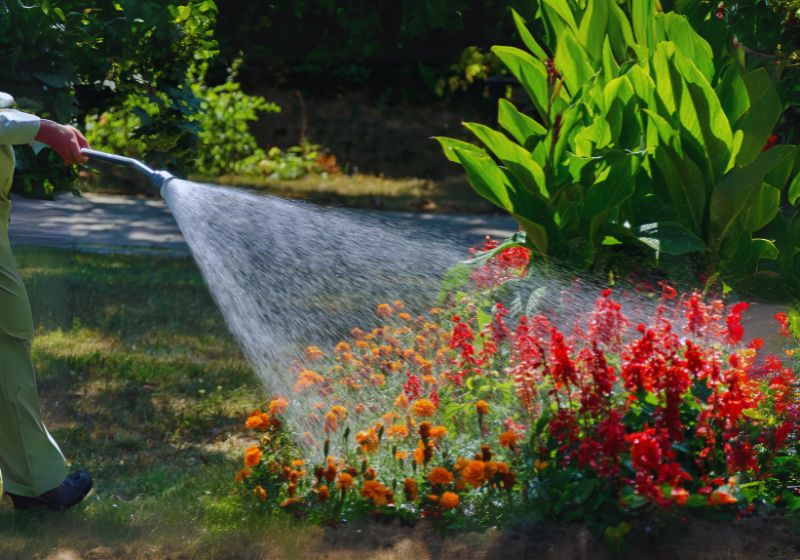
- Consistency: The soil should receive consistent moisture levels throughout the growing and blooming months. Water your larkspur moderately because heavy hydration leads to root rot.
- Deep Watering: Water the soil deeply only occasionally because this practice stimulates healthy root development.
Fertilizing
- Plant owners should use a balanced fertilizer which they should apply during early spring.
- The plants require water-soluble fertilization once every four to six weeks throughout their growing season to support continuous blooming performance.
Mulching
For optimal results place organic mulch made of straw or bark chips close to the base of plants to conserve soil moisture while eliminating weed growth.
Staking and Support
Very tall larkspur plants will need stakes for support when strong winds combine with heavy rainfalls because of their susceptibility to becoming unstable. Bamboo stakes along with garden supports need to be properly tied to stems with gentle garden twine.
Pruning and Deadheading
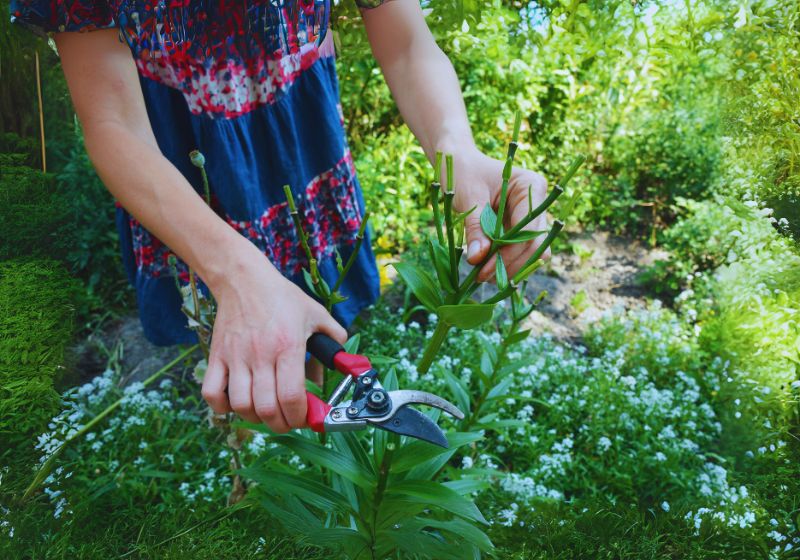
- Deadheading: The practice of removing dead flowers helps bring new blooming cycles to your plants.
- End-of-Season Care: Annual larkspur varieties need stem cutting into the ground during late fall or early winter.
Pest and Disease Management
Common Pests
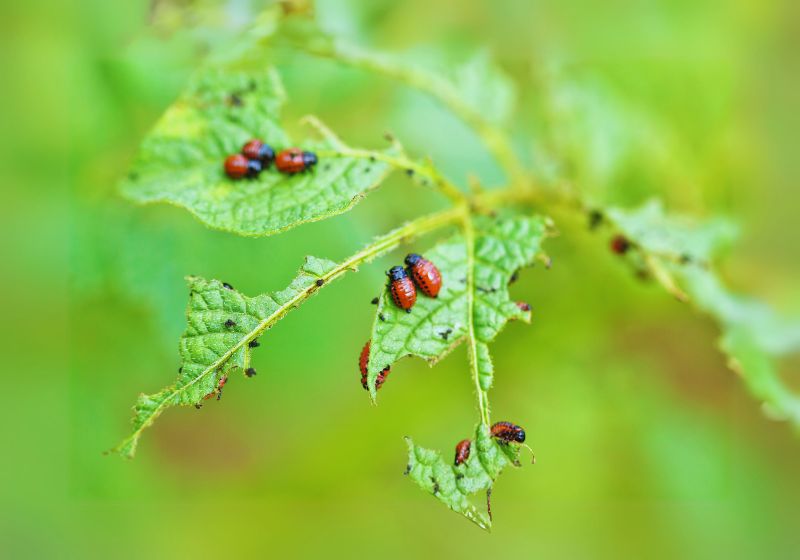
- Aphids: Small pests known as aphids extract plant sap from their host causing growth impediments. The infestation requires application of insecticidal soap together with neem oil treatment.
- Slugs and Snails: Young shoots and leaves become prey to these specific pests throughout the garden. Apply either barriers or hand-picking methods and organic slug repellents to shield your plants.
Diseases
- Powdery Mildew: One of the most common fungal diseases causes white powdery substance which coats leaves. The plants need excellent air circulation while using only surface water to avoid the problem.
- Root Rot: Caused by waterlogged soil. Maintain a proper drainage system while staying away from excessive watering.
Integrated Pest Management (IPM)
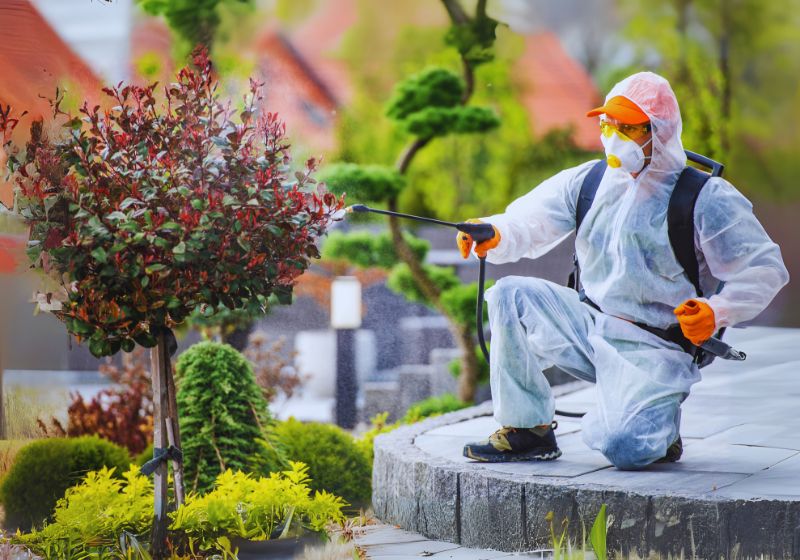
- Your garden benefits from the introduction of helpful insects which help maintain pest control and protect your plants.
- Discarded plant material containing disease needs proper disposal to stop the spread of illnesses.
Seasonal Tips for Growing Larkspur
Spring
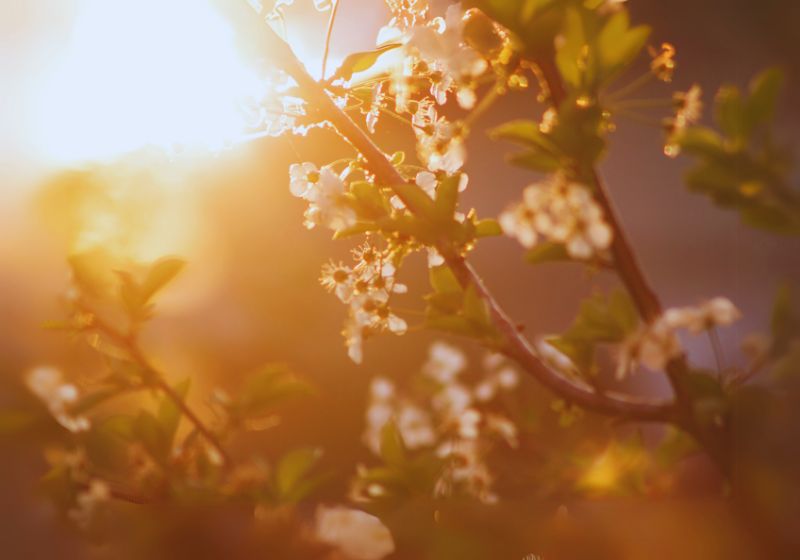
- Plant seeds or transfer seedlings when frost risks have faded from the landscape.
- Bury compost around the plants so their nutritional content can improve.
Summer
- You should both offer water to your plants and remove dying flowers so fresh blooms will appear.
- Shade should be provided to plants during harsh heat since it will help prevent plant wilting.
Fall
- Sowing the seeds collected from matured plants will provide your garden with a next season’s planting stock.
- When planting perennial types add mulch to protect roots from harsh winter conditions.
Winter
- Cold climate winter operations require the plants to enter a vegetative rest phase.
- Use frost cloths to protect developing plants when winter temperatures become dangerously low.
Companion Planting and Design Ideas
Companion Plants
- Pair larkspur with plants like daisies, snapdragons, and foxgloves for a harmonious color palette.
- Low-growing ground cover alyssum fills space by draping between larkspur plants to suppress weed growth.
Garden Design
- Grow larkspur vertically to bring depth to cottage garden arrangements and wildflower meadows and blended flower beds.
- A better visual impact from larkspur appears when planting them in small groups together to create natural clusters.
Harvesting and Using Larkspur
Cutting for Bouquets
- To achieve fresh and well-hydrated blooms pick your larkspur flowers first thing in the morning while they are at their prime.
- Cut spikes containing fresh flowers only when about one quarter of bloom clusters show signs of opening.
- Before you put the stems into clean cool water, strip off the lower leaves to reduce the likelihood of vase decay.
Dried Arrangements
Drying Larkspur produces excellent results. Drizzling flower spikes upside down inside a dry and ventilated dark room helps maintain their form and color structure.
Troubleshooting Common Issues
Poor Germination
- All seeds used for planting should spend time under controlled exposure to cold temperatures.
- To achieve proper seed germination seeds should not be buried too deeply since they depend on light for germination.
Leggy Plants
- The plants need proper exposure to sunlight while creating sufficient space between individual plants.
- Stimulate bushier growth in young plants by conducting a pinching process.
Yellowing Leaves
- Look out for watering issues alongside signs of plant nutrient problems.
- Correct soil drainage should be improved and appropriate fertilization needs to take place.
Benefits of Growing Larkspur
- Aesthetic Appeal: The flower spikes of Larkspur rise tall with intense colors which create an eye-catching spindling visual presence for gardens.
- Attract Pollinators: Fragrant larkspur flowers attract multiple types of pollinators consisting of bees and both butterflies and hummingbirds.
- Cut Flowers: Ideal for floral arrangements, both fresh and dried.
- Seasonal Interest: From spring until early summer the flowering season of Larkspur completes the transition between spring blooms and summer blossoms.
Conclusion
If you implement these cultivation suggestions your garden can benefit from the yearly presence of larkspur flowers. With proper care, these stunning blooms will reward you with their vibrant colors and delicate charm, making your garden a true masterpiece.
Read More :How to Grow Aster Flowers: The Complete Guide for Beginners


 English
English 

